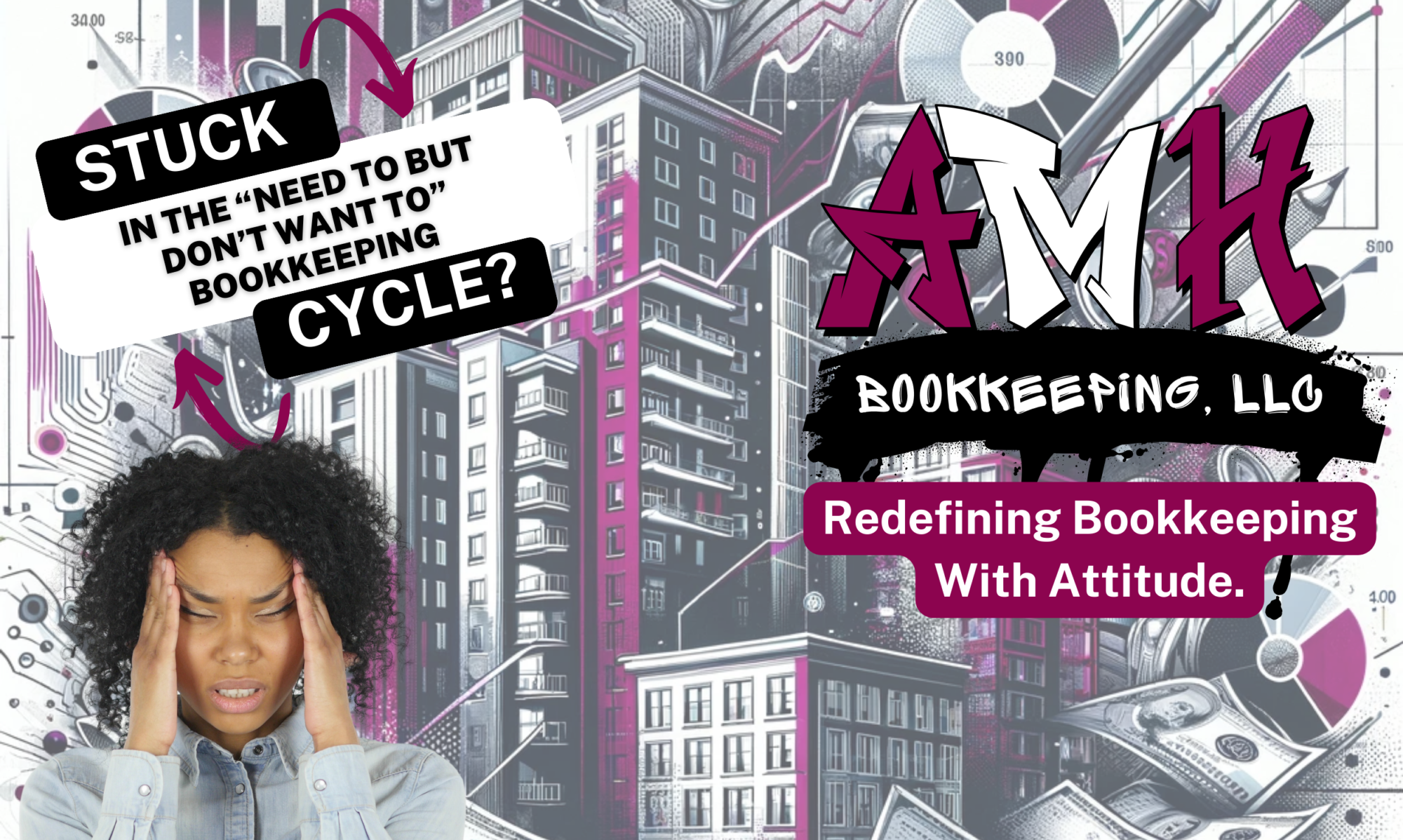
Financial Metrics and KPIs: Your Real Estate Performance Amplifiers
Introduction
Numbers hold the power to speak volumes about the performance of your real estate enterprise. They distil vast complexities into quantifiable metrics, enabling you to track your progress and steer your business towards its goals. Although there are numerous financial metrics and Key Performance Indicators (KPIs) that could be valuable to a real estate firm, the following are essential ones you might want to keep on your dashboard: Gross Rental Yield, Net Rental Yield, Return on Investment (ROI), Debt Service Coverage Ratio (DSCR), and Loan-to-Value Ratio (LTV).
Gross Rental Yield and Net Rental Yield: Gauging the Earning Power of Your Rental Properties
Gross Rental Yield gives you a quick snapshot of the rental income potential of your property relative to its market value. It's calculated by dividing the annual rental income by the property's market value.
For instance, if you receive $24,000 annually in rent for a property that's worth $300,000, your Gross Rental Yield would be 8%.
Net Rental Yield, on the other hand, is a more accurate measure of profitability as it accounts for costs like maintenance, insurance, and property taxes. If you have $4,000 of annual expenses on the above property, your Net Rental Yield would be 6.67%, giving you a more realistic understanding of your return.
ROI (Return on Investment): Measuring the Fruitfulness of Your Investments
ROI is a critical metric that helps you measure the effectiveness of your investments. It's calculated by dividing the net profit from an investment by the cost of the investment.
For example, if you purchased a property for $200,000, invested $50,000 in renovations, and sold it for $300,000, your ROI would be 20%. This simple yet powerful ratio allows you to compare the profitability of different investments, guiding your future investment decisions.
DSCR (Debt Service Coverage Ratio): Monitoring Your Ability to Meet Debt Obligations
The Debt Service Coverage Ratio is a measure of the cash flow available to pay current debt obligations. It's calculated by dividing your net operating income by your total debt service.
Suppose your property generates a net operating income of $120,000 per year, and your annual debt service is $100,000. Your DSCR would be 1.2, which is a healthy ratio as it shows you generate sufficient income to cover your debt obligations.
LTV (Loan-to-Value Ratio): Assessing the Risk Linked with a Mortgage Loan
The Loan-to-Value Ratio is a financial term used by lenders to express the ratio of a loan to the value of the asset purchased. It's calculated by dividing the mortgage amount by the appraised value of the property.
For instance, if you secure a loan of $180,000 to purchase a property valued at $200,000, your LTV ratio is 90%. A lower LTV generally indicates less risk for the lender.
In conclusion, these financial metrics and KPIs provide valuable insights into your real estate business's financial health and operational efficiency. By understanding and tracking Gross Rental Yield, Net Rental Yield, ROI, DSCR, and LTV, you can make data-driven decisions that enhance the performance and profitability of your real estate portfolio. But remember, these are not the only KPIs and financial metrics valuable to a real estate firm. Depending on your specific business model and strategy, other measures may be equally or even more critical to your success. In real estate, it's not just about numbers, but about the right numbers.



